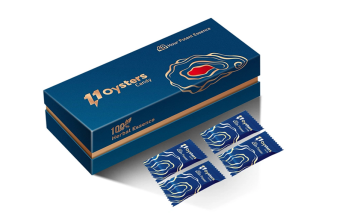Peripheral artery disease (PAD) is a type of vascular disease that affects the arteries outside of the heart. PAD can cause pain in the legs, feet, and other body parts when walking or exercising. PAD is a serious condition that can lead to heart attack, stroke, and even death if left untreated. However, with proper treatment, most people with PAD can lead everyday, healthy lives. If you are experiencing any PAD symptoms, it is vital to see a Warner Robins peripheral artery disease specialist right away for diagnosis and treatment. Here are some treatment options your doctor may recommend.
-
Angioplasty and Stenting
Angioplasty is a procedure that uses a catheter to open blocked or narrowed arteries. It involves inserting a thin tube called a catheter into the artery and using a small balloon at the end to push the blockage out of the way. Stenting is a procedure that uses a metal coil called a stent to keep the artery open after angioplasty. This treatment often requires medication to help keep the stent open.
-
Atherectomy
Atherectomy is a surgical procedure that removes atherosclerotic plaque from the artery. This treatment is usually reserved for people with severe PAD or who cannot undergo angioplasty or stenting. The doctor will make a small cut in the artery during this procedure and remove the plaque using a tiny instrument. You may experience some minor bleeding and pain following the procedure.
-
Drug Therapy
Drug therapy is a standard treatment for PAD. Many different medications can help to improve blood flow and reduce the risk of heart attack or stroke. Your doctor will likely prescribe a combination of drugs to help control your symptoms and prevent further damage to your arteries. However, some medications can have side effects, so it is essential to discuss your treatment options with your doctor.
-
Lifestyle Changes
Making healthy lifestyle changes is an integral part of managing PAD. Some things you can help improve your health include eating a healthy diet, exercising regularly, and quitting smoking. It is also essential to maintain a healthy weight and avoid sitting for long periods. It is also advisable that people with PAD see a podiatrist to help keep their feet healthy since poor foot health can aggravate PAD symptoms.
-
Bypass Grafting
Bypass grafting is a surgical procedure that is used to treat severe PAD. The doctor will create a new bypass or alternate route for blood to flow around the blocked artery during this procedure. This surgery is usually reserved for people who have had a heart attack or stroke due to PAD. However, it is a significant operation and carries some risks, so it is essential to discuss the benefits and risks with your doctor before deciding whether or not to have the surgery.
In summary, many different treatment options are available for people with PAD. It is essential to see a peripheral artery disease specialist right away if you are experiencing any PAD symptoms. Some of the most common PAD treatments include angioplasty, stenting, atherectomy, drug therapy, and lifestyle changes. By making healthy lifestyle changes and following your doctor’s recommendations, you can often improve your symptoms and extend your life.




